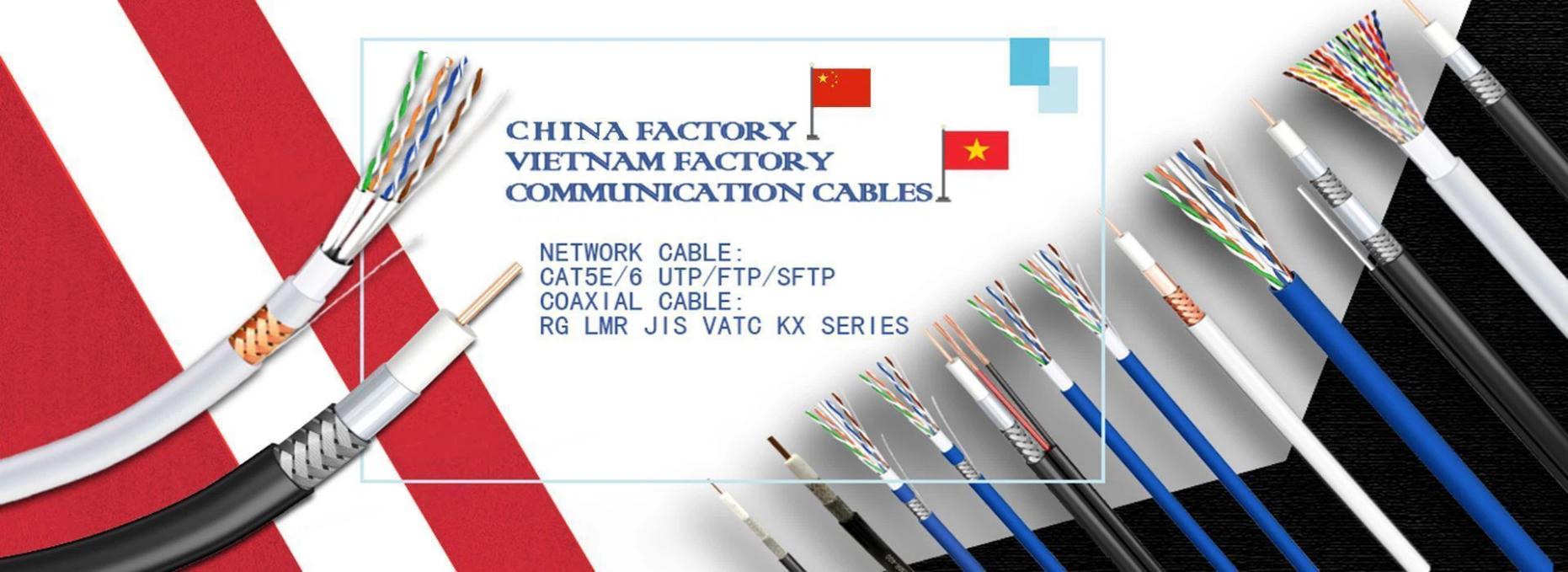What are the different elements of the cable?
Conductor
Conductors are current-carrying elements made of aluminum or copper, with specific cross sections of specified ratings and resistance/km within certain specified limits.
Electrical insulation (dielectric)
Provide insulation on conductors to electrically isolate them from each other. Various types of insulation materials are used: PVC, XLPE (crosslinked polyethylene), rubber and so on.
The insulating conductor is called core wire. A cable may have one or more cores. In a multi - core cable, the cores are twisted together. In two -, three -, and multi-core cables, the cores are stacked together with a suitable twist distance; The outermost layer is laid with a right hand twist, and subsequent layers are laid with opposite twists.
Inner jacket (bedding)
Cables with twisted cores have an inner sheath applied by extrusion or winding. Make sure the shape is as round as possible. The application of the inner sheath makes it fit tightly to the laid core wire and should allow it to be removed without damaging the insulation. The thickness of the inner sheath is specified in the relevant standard and the diameter is calculated based on the laid core material.
Armor
The spiral application of wire, strip or tape to a cable to protect the cable from penetration by sharp objects, extrusion pressure and damage by rodents or boring insects is called armour.
Armour is applied to insulating layer of single core cable and inner sheath of double core, three core and multi core cable.
Outer sheath
An outer sheath/sheath is usually an extruded plastic covering over a laid or armored core. PVC is a common sheath material. The outer sheath provides mechanical, thermal, chemical and environmental protection. No electrical functions are assigned to the outer sheath. The outer sheath is usually black in color.
